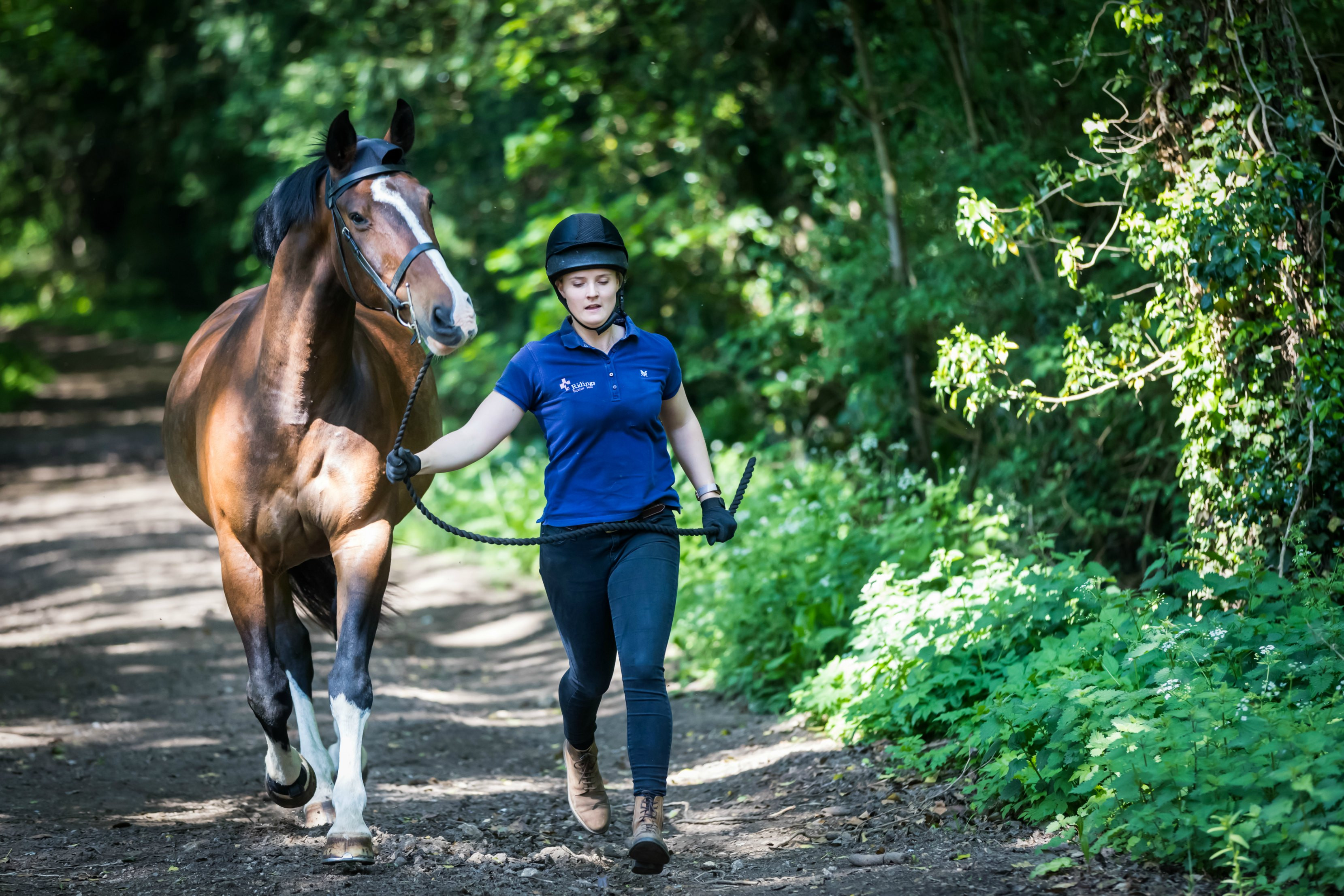We’ve had one of the coldest wettest springs I can remember and the weather has really slowed the onset of spring grass. Over the next few weeks when the temperatures rise we are likely to see a sudden rush of spring grass which could be disastrous for horses and ponies at risk of laminitis. Here’s some tips to help avoid your horse or pony suffering this dreadful disease this spring:
1. Avoid grazing overweight horses and ponies on spring grass.
There is sadly no way around this, if your horse is overweight and is grazed on lush spring grass then you are increasing the risk your horse will get laminitis. Spring grass particularly contains higher levels of fructans (sugars) so is even more dangerous to laminitis prone horses. Grazing muzzles can be worn but the safest option is to only graze on bare paddocks.
2. Test susceptible horses for insulin resistance.
Some horses are genetically more prone to having Equine Metabolic Syndrome (EMS) which is similar to human type 2 diabetes and results in insulin resistance. EMS horses are at a much higher risk of developing laminitis so by managing and controlling EMS you will help to prevent laminitis. We recommend all native ponies and any horse that is obese (particularly with a cresty neck) is tested for EMS. Other signs include bulging above the eye sockets and changes to the hooves.
3. Manage body weight
Every horse owner should be actively involved in their horses’ weight management. Either using a weigh tape or weighing scales it helps to have a baseline weight and then monitor regularly. Many feed companies will now come to yards and bring a weigh bridge to get a very accurate weight and I highly recommend doing this. It’s also very valuable to learn how to body condition score your horse. This link from Liverpool University gives a really good guide:
https://www.liverpool.ac.uk/media/livacuk/equine/documents/Body,Condition,Scoring,in,Horses,and,Ponies.pdf
4. Older horses should be tested for Equine Cushings Disease.
Equine Cushings Disease is the biggest cause of laminitis in horses over 15 years of age and affects any horse, even thin ones. We recommend all horses over 15 are tested for Equine Cushings Disease. By treating and managing this condition you will drastically reduce the chances of getting laminitis this spring.
5. Re assess the diet.
We strongly advocate a low starch and low sugar diet for all horses but particularly ones prone to laminitis. Don’t trust what the feed companies tell you but look up the starch and sugar levels on the feed bag. For laminitic prone horses I recommend feeds with less than 5% starch and sugar.
Remember, we're here to help you with any questions or concerns you have about your horse so don't hesitate to get in touch!
Jenny x

